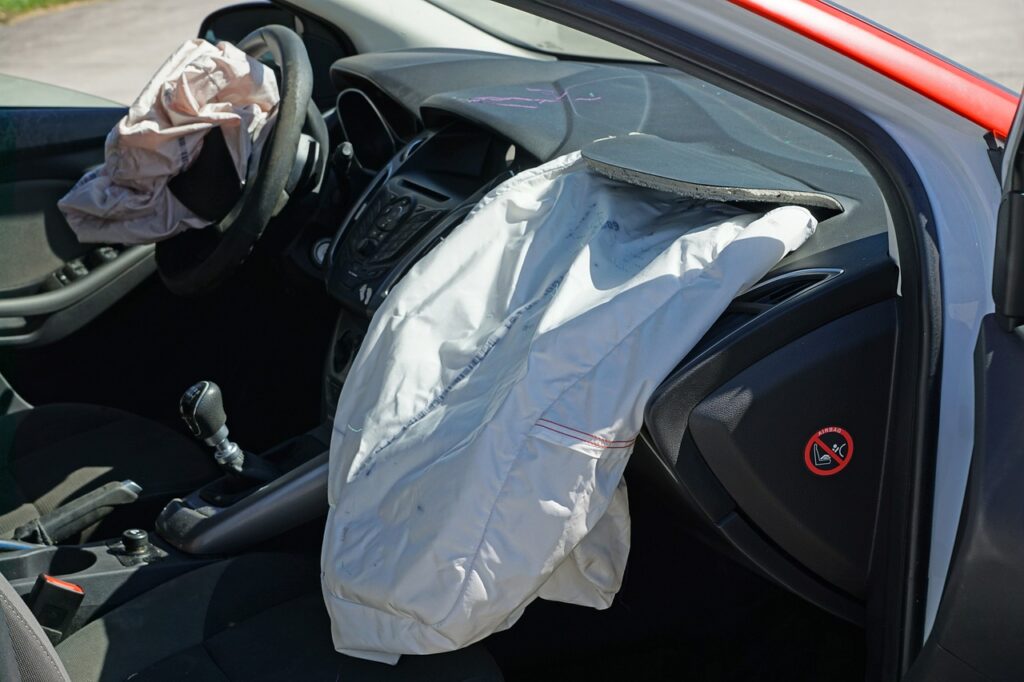Managing a car insurance claim can be stressful, especially after an accident. Knowing exactly what to do ensures a smooth claims process and helps you avoid delays or unexpected costs. This guide explains how to manage your car insurance claims efficiently, what documents you need, and what to expect after filing a claim.

1. What to Do Immediately After a Car Accident
To start your car insurance claim on the right foot, gather all necessary information at the scene. Here’s what you need:
- Exchange Contact Information
Collect the other driver’s name, phone number, address, and insurance details. - Document the Scene
Take photos of the accident scene, showing damage to both cars, road conditions, and any other relevant details. - Get a Police Report
If the accident is serious or involves injury, call the police. The report can help when filing your claim. - Note Witness Information
If there are witnesses, ask for their contact details in case their statement is needed.
2. Check Your Insurance Policy Coverage
Before filing a claim, review your insurance policy to understand what’s covered. Policies vary, but typical coverage includes:
- Comprehensive Insurance – Covers damage to your car and other vehicles, as well as theft, fire, and vandalism.
- Third-Party Insurance – Covers only damage to other vehicles or property.
- Optional Benefits – Some policies offer additional benefits, such as free car hire or roadside assistance.
3. Determine If You Need to Pay an Excess
An excess is the amount you’re required to pay when making a claim. Whether you’re at fault or not, most insurers require this payment unless certain conditions are met.
- When is the excess waived?
Some policies waive the excess if the at-fault driver is identified and insured. Always check the Product Disclosure Statement (PDS) for details. - How much is the excess?
The excess amount varies depending on your policy and may be higher if additional drivers are listed.
4. Filing Your Car Insurance Claim
Most insurers allow you to file a claim online, over the phone, or via their mobile app. Follow these steps:
- Fill Out the Claim Form
Provide all required information, including accident details, police reports, and photos. - Submit Supporting Documents
Attach any supporting documents, such as receipts for emergency expenses (e.g., towing fees). - Get an Estimate for Repairs
Some insurers may require you to get a quote for repair costs before approving the claim.
5. What Happens After You File a Claim?
Once you’ve submitted your claim, your insurer will review it and contact you with the next steps. Here’s what typically happens:
- Claim Approval or Rejection
The insurer will either approve or deny your claim within 10 business days. If denied, you will receive a written explanation. - Repair Process
If approved, the insurer may refer you to an authorized repair center or allow you to choose your own. - Investigation
In cases of disputed fault, the insurer may investigate further by contacting witnesses or reviewing additional evidence.
6. Dealing with Claim Denials
If your insurer rejects your claim and you disagree, you can:
- Contact the Internal Dispute Resolution Team
Most insurers have a process for handling disputes. - Lodge a Complaint with AFCA
The Australian Financial Complaints Authority (AFCA) can help resolve disputes between consumers and financial services.
Everything You Need to Know About NSW Rego Check.
Example Scenario: When You Have to Pay the Excess Even if Not at Fault
Imagine you’re involved in an accident where the other driver flees the scene, and they can’t be identified. Even though you’re not at fault, your insurer may require you to pay the excess because the responsible party can’t be held accountable.
Tips to Avoid Issues When Claiming on Car Insurance
- Regularly Check Your Policy
Ensure you understand the terms, coverage, and any exclusions. - Report Accidents Promptly
Delays in reporting can lead to denied claims. - Maintain Proper Documentation
Keeping thorough records makes it easier to prove your claim. - Fix Leaks and Damages Early
Address any small issues quickly to avoid claims being rejected due to “wear and tear.”
Q: How long do I have to file a car insurance claim?
A: It varies by insurer. Some require claims to be filed within a few days, while others allow up to 30 days.
Q: Will my premium increase after making a claim?
A: Yes, in most cases, your premium may increase after filing a claim, especially if you’re at fault.
Q: Can I choose my own repairer?
A: Many insurers have a preferred network of repairers, but you can usually choose your own—just check if the repairer is approved.
Conclusion
Managing a car insurance claim doesn’t have to be overwhelming. By staying organized, knowing your policy, and following the correct steps, you can ensure a smoother process. Remember to act promptly, keep detailed records, and communicate with your insurer for the best outcome.



